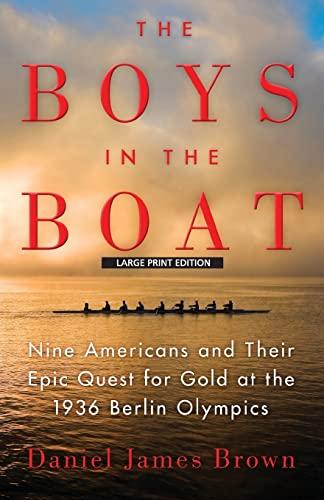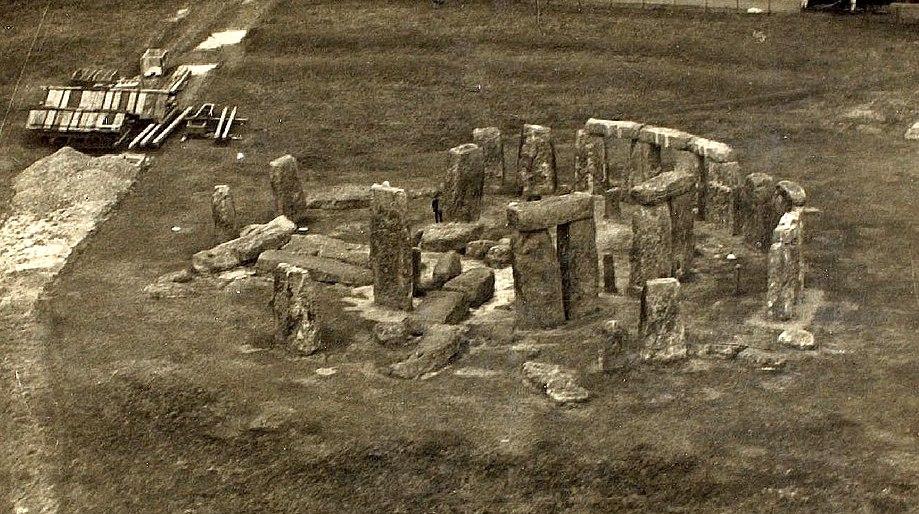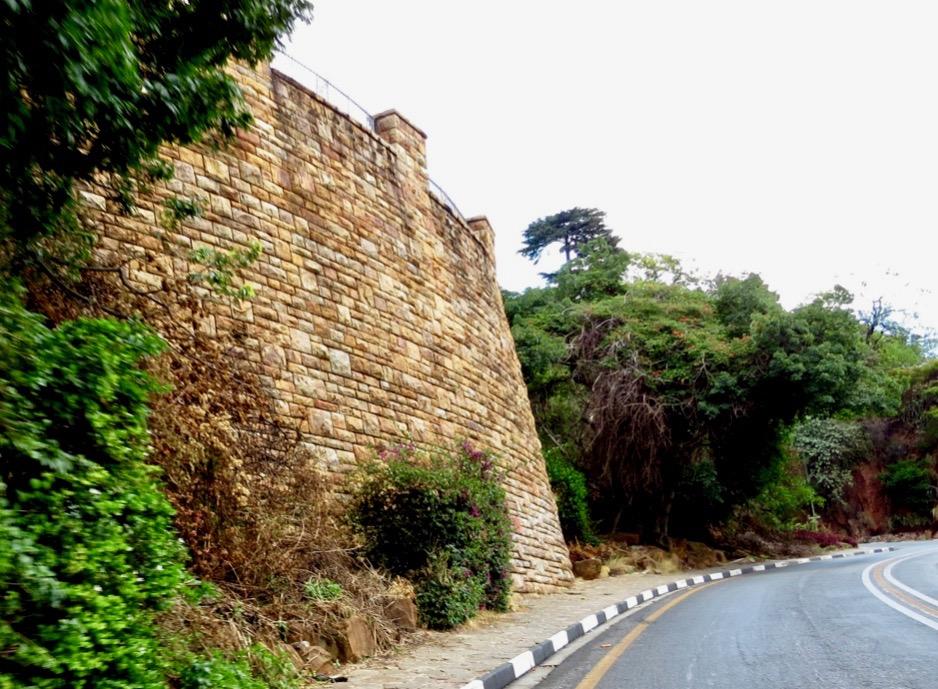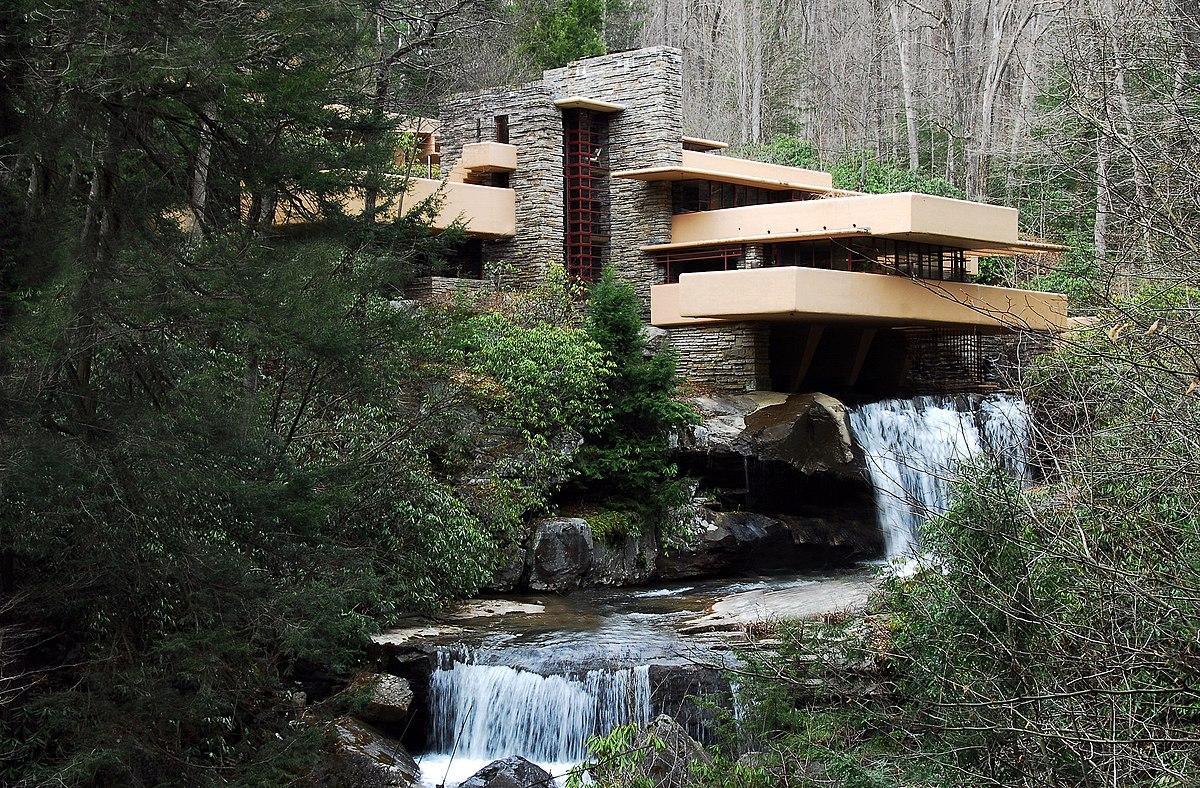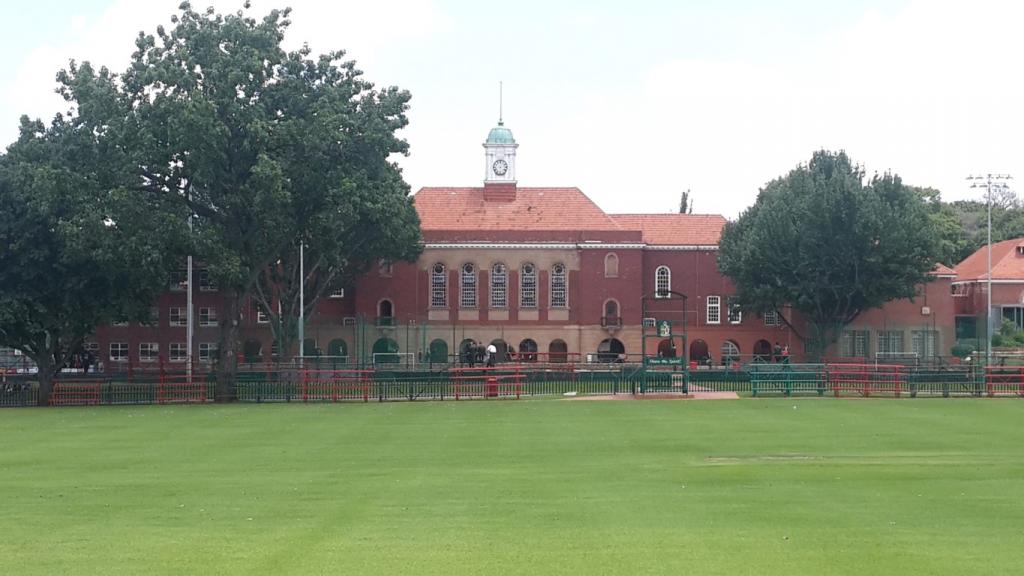
What is your biggest achievement over the last year?
Not in the last year, but in the last couple of years, the refurbishment of the King Edward Clock Tower.
What about the biggest challenge?
Coping with the craziness of covid and the fact that everything froze, all the projects on the boards have yet to regroup.
What are your top priorities for the year ahead?
To grow the business on both the Heritage front and on the architectural front.
What excites you at the moment?
One of projects on the board, and the completion of my Masters in Conservation of the Built Environment degree.
What has been the hardest thing to say no to in recent months?
Turning away a lovely project because the developer wanted me to work on risk with no reward.
What advice would you give someone starting out in heritage?
Understand that your role is the management of change within an economic circumstance, not to stop progress, but to manage it.
What are your favourite articles on the Portal?
All of them - I love the Portal.
What resources would you recommend to the community?
Use the online libraries and archives where you can - there are some incredible international platforms.
What in the sector makes your blood boil?
Lack of progress, fear, the culture of ‘no’, obstructive thinking, and the fact that heritage gets the blame, often incorrectly.
What books are you reading at the moment?
The Boys in the Boat, Why the West rules for now.
Book Cover
What is your favourite heritage site and why?
I am afraid it is an international example, Stonehenge - the balance between re-routing the road, and the new visitor centre being the perfect counterpart to the stones themselves. The way in which the site has improved since the earlier photographs.
Old photo of Stonehenge (Wikipedia)
What about a favourite blue plaque?
All of them - The Munro Drive comes to mind
A section of Munro Drive
How did you get started in heritage?
As a child I fell in love with Zimbabwe, the hills of Inyanga and the space of the African countryside and its traditional homes. My spanish mission doll’s house and the beauty of Baker’s St Luke’s Church, a love for all things beautiful, as well as old and rustic.
Who has had the greatest influence on your life?
My parents and my matric art teacher who introduced me to Ronchamp and Falling Water. I fell in love with those buildings in the art supplies room surrounded by paints and brushes whilst watching the slideshow.
Falling Water (Wikipedia)
Have you won any awards?
We have won two awards - A Gifa Architecture Award of Merit as well as a Steel Institute of South Africa award for the King Edward VII School Library and Museum. We have been nominated for one award under the Steel Institute of South Africa for the King Edward VII Library.
What do you do outside the heritage world?
I work as an architect, I am currently completing my masters degree at UCT, and I teach swimming to children at Old Eds.
Tell us a bit about your core team?
My core team has been with me since the practice started, but largely in a part time capacity. However, more technical staff with whom I had previously worked are currently joining the practice. We have worked together for decades. Working as a team is crucial to our practice, and families also come first.
What is your firm's philosophy?
To raise the bar, to create a moment of wonder, and to strive for ‘the alive’ in spaces and places (in a Christopher Alexander sense)
What one thing would you recommend right now to make positive change in the sector?
Let the professionals do their work - and fix the situation with the Local Government and the broken bureaucracy.
What is heritage to you?
To me heritage is both intangible and tangible, it is the management of change to the places and spaces so that they have value to the people who occupy and use those spaces. It is the conservation of past relics, but also the balance of having the juxtaposition of old and new, so that communities and users look both backward and forward holistically.

